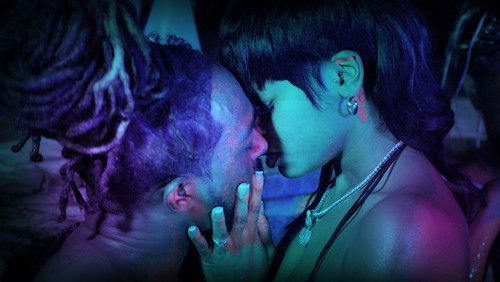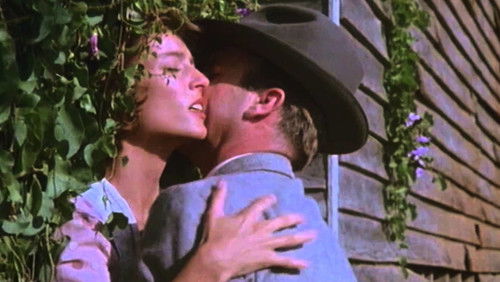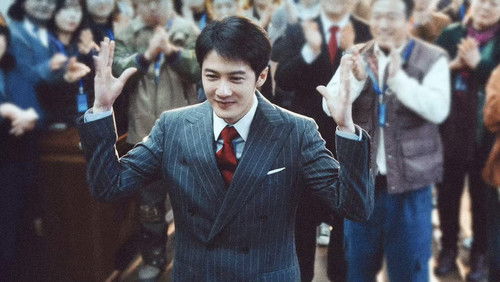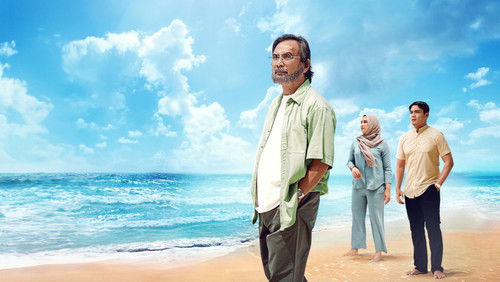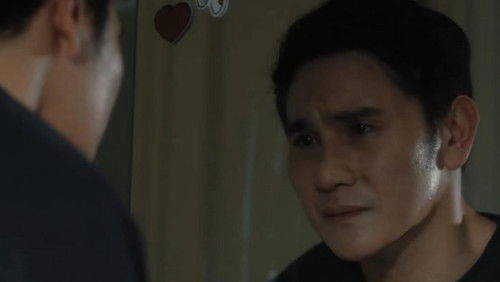Die Sieger (1963)
27KDie Sieger: Directed by Carl Foreman. With Vince Edwards, Albert Finney, George Hamilton, Melina Mercouri. Intelligent, sprawling saga of a squad of American soldiers, following them through Europe during World War II.
“Itu0026#39;s gratifying to read so many other appreciative reviews of this too-little-seen film.u003cbr/u003eu003cbr/u003eI was 12 years old when Life magazine ran a spread on u0026quot;The Victorsu0026quot; late in 1963, shortly before its release, and I recall the article was a bit negative in describing the film, as though the reviewer couldnu0026#39;t accept a film that depicted World War II so bleakly. Few films about Americans in that war had ever portrayed them so unheroically. (The only one I can think of is Robert Aldrichu0026#39;s u0026quot;Attack!u0026quot;) The movieu0026#39;s Christmas season release in a country still reeling from the JFK assassination knocked this grim film out of theaters in a matter of three or four weeks. It was shown several times on the old CBS late movie series in the late u0026#39;60s (where I first got to see it), but Iu0026#39;ve only seen it once on a premium cable presentation, in the mid-u0026#39;90s. Several years ago I was able to obtain a 16mm print from the only rental house that offered it, but it was a scan-and-pan version from which some scenes had been cut.u003cbr/u003eu003cbr/u003eOne of these scenes, quickly trimmed from the initial release version, depicted a young European boy trying to sell a sexual service to American GIs; I think the other scene that was cut involved one of the female stars in the film. Even for the early 1960s, u0026quot;The Victorsu0026quot; was a sexually frank film (without being in any way pornographic), which certainly must have offended some early viewers and exhibitors. Indeed, despite the American characters, the film really is more European in flavor and moral atmosphere. (Foreman, blacklisted by Hollywood in 1953, had been living in England for several years when he made the film, and his directorial style seems to owe much to the Italian neo-realists.)u003cbr/u003eu003cbr/u003e(Itu0026#39;s also interesting to contemplate that Foremanu0026#39;s previous film outing had been as writer and producer of u0026quot;The Guns of Navarone.u0026quot; One is tempted to think that the gala heroics and spectacular action of that popular film may have prompted Foreman to make a more realistic war movie.)u003cbr/u003eu003cbr/u003eThe episodic format of u0026quot;The Victorsu0026quot; also makes it a difficult viewing experience for people used to more continuity in their films. Foreman based the film rather faithfully on Alexander Baronu0026#39;s novel, u0026quot;The Human Kind,u0026quot; itself essentially a collection of short sketches involving the same wartime characters (in the novel, theyu0026#39;re British soldiers, but Foreman retained their names for the American film characters). Still, for a repeat viewer, it is possible to see the characters change through the episodes. Some of the characters disappear with no explanation, others are suddenly promoted, new characters appear unheralded. Life, and war, are like that sometimes. And there is some shrewd foreshadowing: Early in the film, Trower (George Hamilton) remarks that he hopes to meet a Russian soldier; and be sure to take careful note of Grogan (Jim Mitchum) in his first few scenes.u003cbr/u003eu003cbr/u003eu0026quot;The Victorsu0026quot; is not without humor or compassion, but Foremanu0026#39;s purpose was to eliminate the heroics and the excitement of combat and to demonstrate that, as much as we try to rationalize it, war is a degrading experience for all concerned. The corrupting of a lovely young musician (Romy Schneider) by an American soldier (Michael Callan), the fleeting affair between Baker (Vince Edwards)and a young Italian mother (Rosanna Schiaffino), the encounter between Sgt. Craig (Eli Wallach) and a shell-shocked French woman (Jeanne Moreau) — all remain vivid in the memory.u003cbr/u003eu003cbr/u003eAnother interesting feature of u0026quot;The Victors,u0026quot; which was not in the novel, is Foremanu0026#39;s use of wartime newsreels as counterpoint to the fictional scenes. Sometimes itu0026#39;s a little too cute, but mostly it works.u003cbr/u003eu003cbr/u003eForeman knew that most people who saw u0026quot;The Victorsu0026quot; would have an idea of what war action was like, if only from earlier war movies. What he wanted to show, what few earlier war films ever showed, was the moral wear-and-tear of combat on solder and civilian alike, in victory or defeat. To a large extent he succeeds. This is a film well-deserving of DVD release (in its complete widescreen version). And if you like this film, go the TCM website and demand that they show it!”

